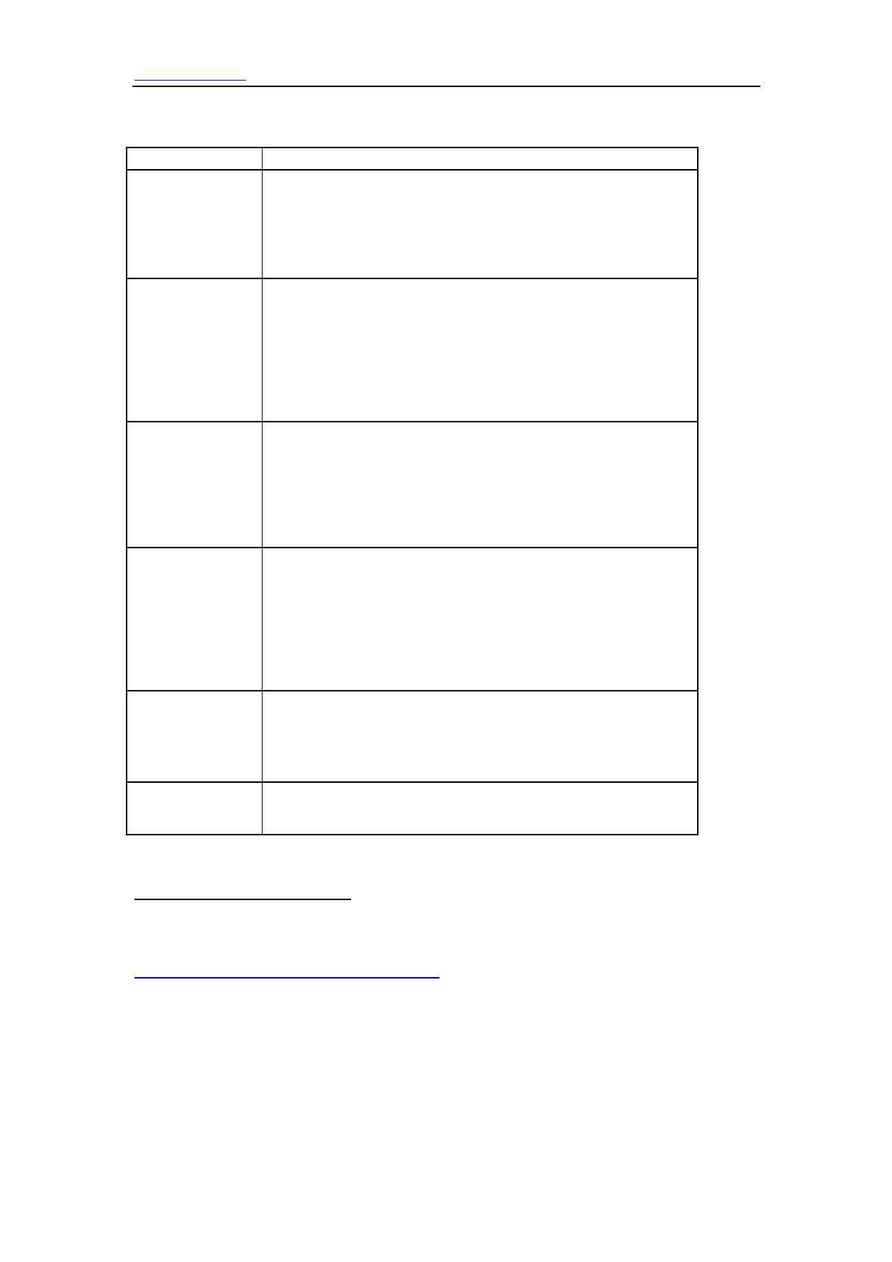
15
th
International Congress on Archives
Hoy
www.wien2004.ica.org
4
Table 1: Examples of guidelines or frameworks for understanding archives and records principles and
practices
Institution Comment
1991: Association
of Canadian
Archivists
Guidelines for the Development of Post-Appointment and Continuing
Education and Training Programmes were developed to support
practicing archivists who did not have tertiary qualifications in
archival theory and practice. The guidelines covered knowledge and
content in all areas of archival theory and practice at basic and
advanced levels.
1993: Committee
on Automated
Records and
Techniques
(CART) (United
States)
The Committee identified four clusters of learning objectives to
support management of automated records at a post first degree level.
The Foundation Cluster interpreted archival concepts in the context
of information technology. The Automated Applications Cluster
examined organisational objectives and requirements. The Electronic
Records Cluster aimed to gain sufficient knowledge of archival
concepts for electronic records (appraisal, access etc). The
Management Cluster covered strategic thinking and planning.
1997: National
Finance Industry
Training Advisory
Body (Australia)
This set of competencies covered vocational and tertiary levels and
was developed by professional associations, such as the Australian
Society of Archivists (ASA) and the Records Management
Association of Australia (RMAA) and the archives and records
industry. Its approach sought to reflect the growing importance of the
continuum approach to recordkeeping in Australia. It was also used
for accreditation of vocational and tertiary courses.
1998: DLM
European
Monitoring
Committee
The purpose of this set of competencies was to ensure archivists and
records managers could take a strategic role in the management of
digital records. Competencies covered archival, legal, organisational,
methodological, information technology, and system design. The
focus was on capability, influencing, and understanding the related
professions, but still defending the archives and records principles.
The set builds on work from United States led work summarised
above.
1998: National
Archives of
Australia
This set of competencies covered skills and knowledge for current
practice for reference archivists, including communication skills,
knowing the collection, records creation and administrative history.
These were not used to assess performance, but to inform in-house
professional development.
2000: Information
Management
Forum (National
This was a detailed list of practitioner based skills and knowledge for
information and records management. Includes archival (access,
description, appraisal, preservation) and electronic services
13
Association of Canadian Archivists (ACA), `Guidelines for the Development of PostAppointment and
Continuing Education and Training Programmes', 1991, ACA Website:
http://archivists.ca/committees/std_edu_documents.aspx
(accessed 6 June 2004).
14
V Walch, `Final report: automated records and techniques curriculum development project', The American
Archivist, Volume 56, Number 3, Summer 1993, pp. 468506.
15
National Finance Industry Training Advisory Body, Records and Archives Competency Standards,
Commonwealth of Australia, Canberra, 1997.
16
M Wettengel, `Core competencies for electronic recordkeeping', Electronic Access: Archives in the New
Millenium, Conference Proceedings, 34 June 1998, Public Record Office, London, 1998, pp. 96101.
17
R Summerrell, `Improving the education and professional development of reference archivists', Archives and
Manuscripts, Journal of the Australian Society of Archivists, Volume 27, Number 1, May 1999, pp. 7495.
